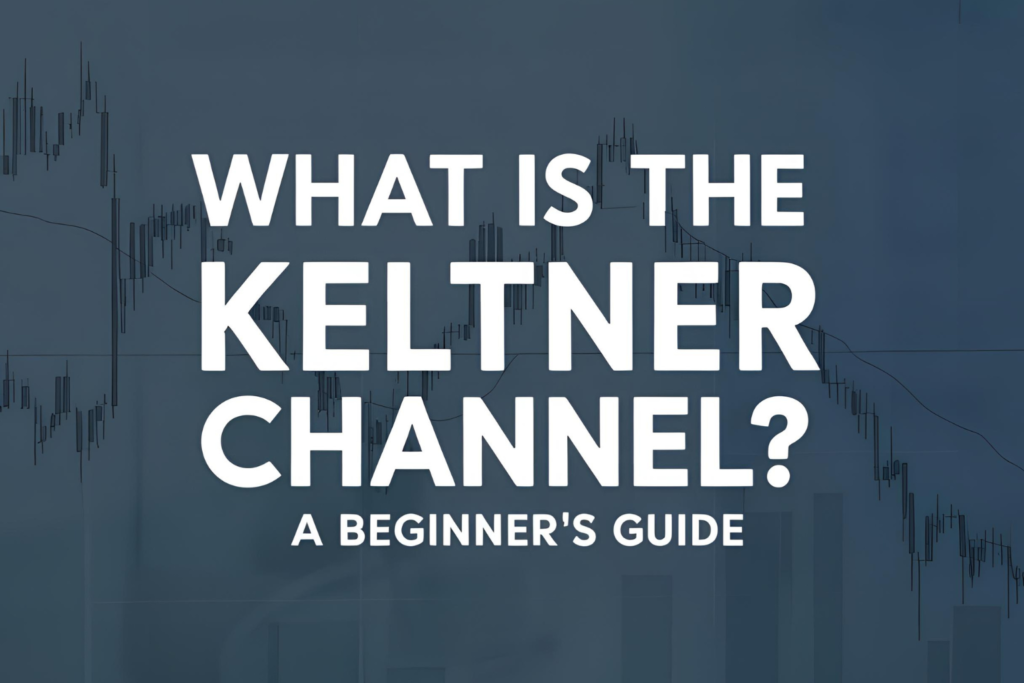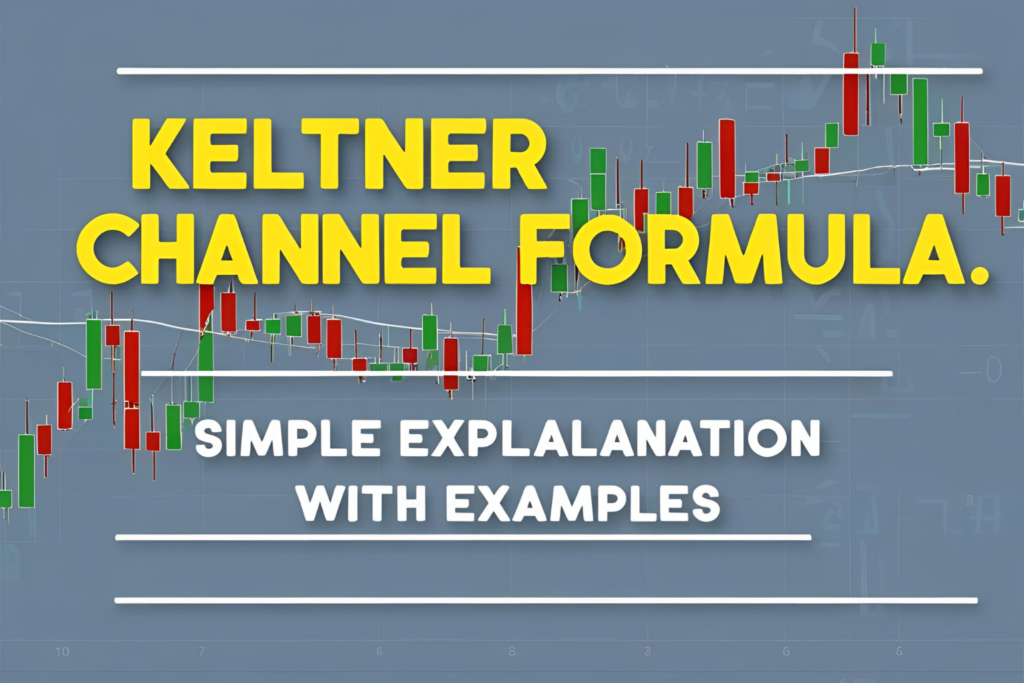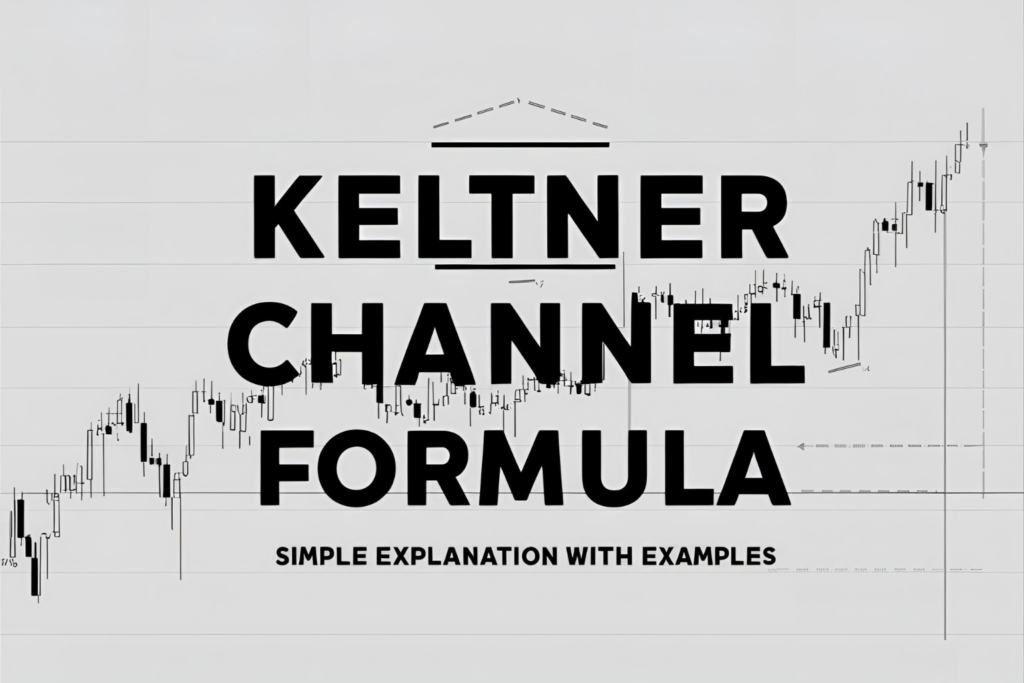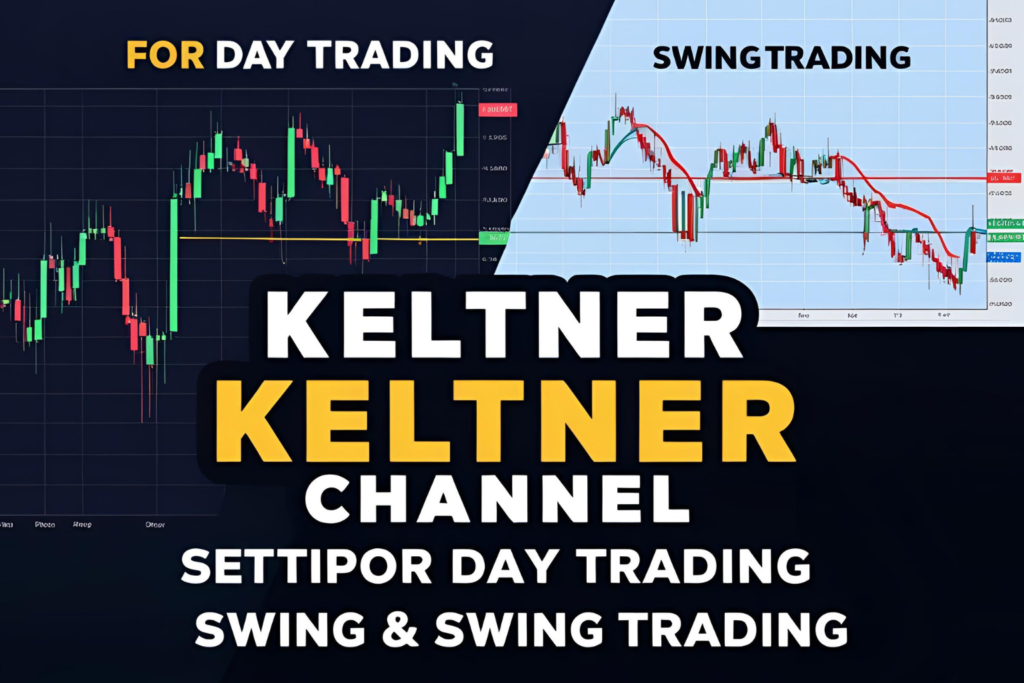The Keltner Channel is more than just lines on a chart—it’s a powerful tool that tells traders exactly what’s happening with price movement, trend direction, and market volatility.
So, what does the Keltner Channel indicate? Let’s break it down in simple terms so you can use it to spot real trading opportunities.
1. Trend Direction
The centerline of the Keltner Channel is an Exponential Moving Average (EMA)—commonly the 20-period EMA. The slope of this line tells you the direction of the trend:
- 📈 Rising EMA: Uptrend
- 📉 Falling EMA: Downtrend
- ➡️ Flat EMA: Range-bound or sideways market
2. Volatility Expansion and Contraction
The upper and lower bands are based on the Average True Range (ATR), which measures volatility. Here’s what they indicate:
- 🔴 Widening Bands: Increasing volatility
- 🔵 Narrowing Bands: Decreasing volatility (potential breakout setup)
This helps traders prepare for volatility breakouts and avoid low-probability trades in tight consolidations.
3. Price Strength or Weakness
- If price stays near the upper band → strong bullish pressure
- If price hovers near the lower band → strong bearish pressure
- If price oscillates between the bands → neutral momentum
This positioning helps traders gauge the strength or exhaustion of a move.
4. Potential Entry and Exit Points
The Keltner Channel also helps identify key price levels for:
- Breakout entries: When price closes outside the bands
- Reversal trades: When price re-enters the channel after a fakeout
- Trailing stop placement: Use the bands to protect profits dynamically
5. Hidden Clues for Smart Money Activity
When OBV or volume spikes align with Keltner Channel breakouts, it may suggest institutional momentum—a useful sign for swing traders or intraday breakout setups.
Example in Practice
- Price breaks above the upper band on rising volume
- EMA is sloping upward
- Bands are expanding
This indicates bullish trend strength with increasing volatility → potential buy setup
Final Thoughts
The Keltner Channel indicates trend direction, price strength, and volatility conditions in a clean and visual format. By understanding these signals, you’ll be better equipped to:
- Trade breakouts
- Confirm momentum
- Set dynamic stops and targets
It’s a flexible tool that works across timeframes and markets, especially when combined with volume, RSI, or MACD.
FAQs
1. Can the Keltner Channel predict reversals?
Not directly, but extreme band touches combined with divergence can hint at reversals.
2. Is the middle EMA line important?
Yes, it acts as a dynamic trend filter and pullback entry level.
3. Do professional traders use Keltner Channels?
Yes, especially in trend-following and volatility breakout strategies.
4. Is Keltner Channel better than using Bollinger Bands alone?
Keltner is smoother and focuses more on trend, while Bollinger Bands are more reactive.
5. Does the Keltner Channel work for crypto and forex?
Yes, it works well on any liquid asset with reliable price data.



